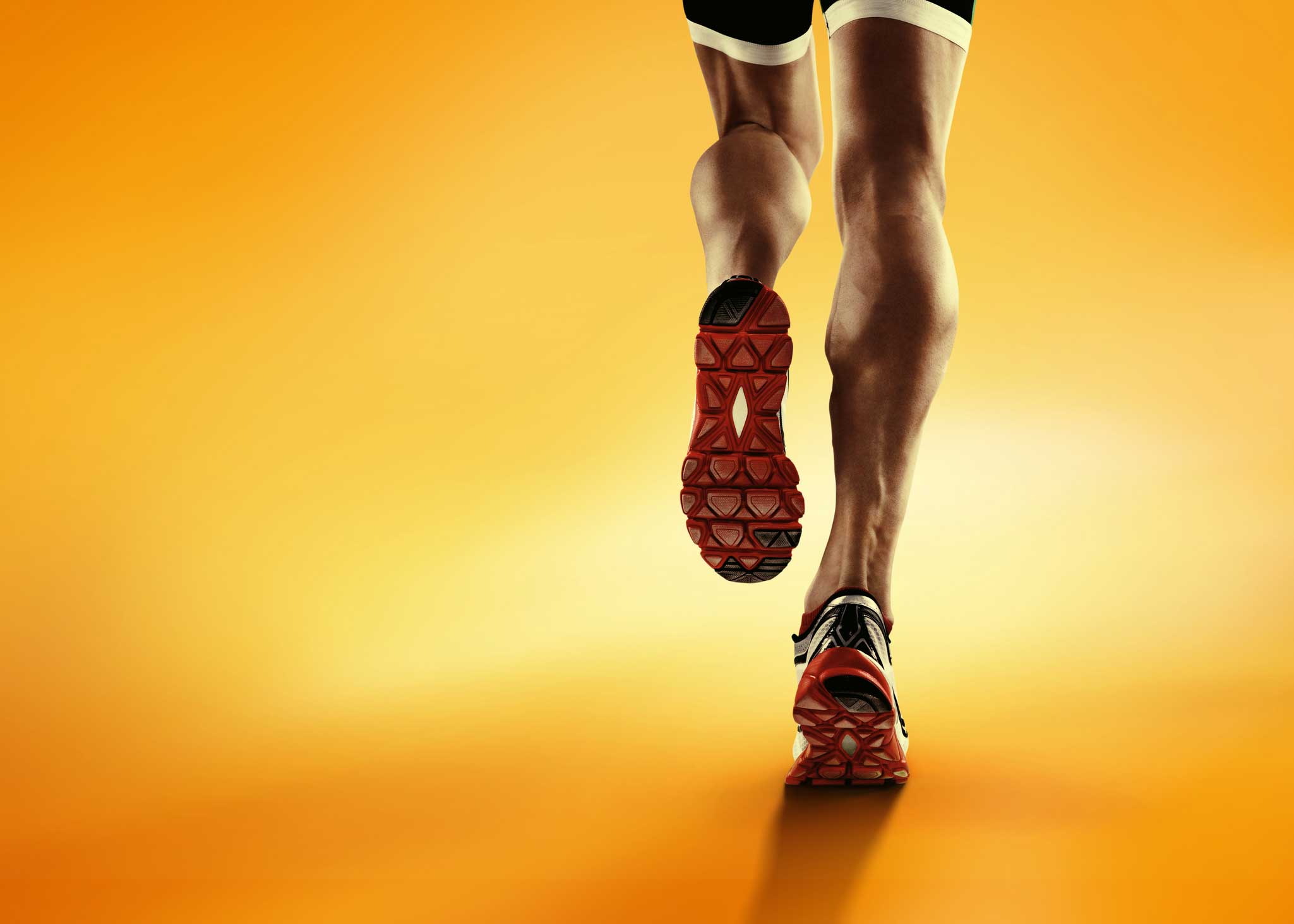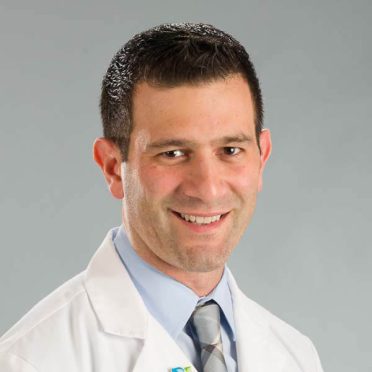Our weekly NFL report evaluates injuries to players of local (Patriots, Giants and Jets) or national interest with commentary by a sports orthopedic specialist from the Bone & Joint Institute at Hartford Hospital. Sign up for automatic delivery to your inbox (click here and scroll to “Free email newsletters”).
Player: Antonio Brown, Pittsburgh Steelers wide receiver.
Injury: Partial calf muscle tear, left leg.
How it happened: Brown was leg-whipped in a collision with Patriots defensive back Eric Rowe in the second quarter of the Steelers’ 27-24 loss Dec. 17 in Pittsburgh. Brown, a potential MVP candidate, entered the game as the league leader in receptions (99) and receiving yards (1,509). His nine touchdown receptions were tied for second.
Expected time missed: Because Brown’s injury was caused by a direct blow to the calf, he has a chance to miss only the the last two games of the regular season and return for the playoffs. If the injury were caused by a sudden change in direction or pushing off, resulting in more extensive damage to muscle fibers, he would have been out for the season because recovery would take at least 4-6 weeks.
Dr. Clifford Rios, Bone & Joint Institute orthopedic surgeon and board-certified in sports medicine: “A direct blow is a muscle contusion. Some local fibers get damaged but tend to recover much faster than a muscle strain, caused by sudden explosive movement where the muscle fibers are pulled apart from one another. I believe with a muscle contusion from a direct blow he has a fair chance of returning for the playoffs.”
What’s the calf muscle?: It’s actually two muscles, with a third that serves no significant purpose.
- Gastrocnemius: The bulging, most visible muscle on the back of the lower leg. Because it includes fast-twitch muscle fibers that stretch and contract, it’s vulnerable to strains and tears.
- Soleus: Mostly slow-twitch muscle fibers that cross the ankle joint, less susceptible to injury. likely to be injured.
- Plantaris: The do-nothing muscle that, if injured, is treated similarly to the gastrocnemius.
What’s a torn calf muscle?: It’s usually classified in one of three ways:
- Grade 1: Stretched muscle, with micro tears affecting up to 25 percent of the muscle fibers. When it happens, you’ll feel a twinge or tightness in the lower leg. Recovery takes at last weeks and up to a month.
- Grade 2: A partial tear affecting up to 90 percent of muscle fibers. Pain is more intense, particularly acute when walking after the injury. With proper physical rehabilitation, recover takes from one to two months.
- Grade 3: A serious rupture affecting up to 100 percent of muscle fibers. You’ll know it’s serious because you might not even be able to walk. The muscle is tender, inflamed, with a lump of muscle tissue evident just below the rupture.
Strain vs. tear: A strain is caused by muscle-fiber tears. A more significant injury can cause a partial or complete tear of the calf muscle.
What causes a tear?: Overstretched muscles, usually during rigorous exercise, caused by sudden movement, change of direction or rapid acceleration. Overuse of these muscles, inadequate warmup or cool-down, and physical activity by people who don’t exercise regularly also increase the risk.
“The average weekend warrior isn’t stretching and warming up appropriately,” says Dr. Rios. “Moreover, he/she will not have the same neuromuscular control as a well-conditioned athlete. Still muscles with suboptimal control are prone to these injuries.”
Diagnosis: Your doctor will rely on your description of the injury and a physical examination.
These tests also can help:
- MRI: better than an X-ray for revealing internal injuries.
- MRA scan: A magnetic resonance angiography.
Treatment: In the earliest stages of a calf muscle tear, use PRICE therapy.
Protection: Protect damaged tissue to prevent further damage..
Rest: Stop training. Take it easy and allow time for healing. Check with your physical therapist before resuming exercise.
Ice: The simplest and most effective treatment after the injury. It reduces bleeding and the risk of cell death. It will also reduce pain.
Compression: Reduces swelling.
Elevation: Drains fluid from the injury, reducing swelling and pain. Elevate the ankle above the hip.
“Start with ice and other modalities to reduce inflammation/swelling,” says Dr. Rios. “Begin a gentle range of motion and then introduce strengthening as pain and motion improve. Once there’s no pain and full motion, progress with sport-specific drills.”
Following your physical therapist’s rehabilitation instructions will ensure proper healing and minimize the risk of reinjury.
“Once healed, it’s healed,” says Dr. Rios. “That’s the key, though. Playing on a muscle injury that is only 80 percent to 90 percent recovered has a high risk of reinjury and set the clock back. I tell all my patients that they need absolutely no tenderness, full motion without pain, and no pain with strength testing before even beginning return to exercise program. The return to play program usually progresses pretty quickly once started.”
Prevention: Proper warmup and cool down are essential for both the average athlete and weekend warrior.
“Warmup is key,” says Dr. Rios. “I tell my patients that muscles are like rubber bands wrapped around your fingers. If that rubber band is flexible, you can do repetitive cycles and explosive movements without much stress on the rubber band or your fingers (insertion of the muscles). If that rubber band is tight/rigid and you repetitively load it, it is more prone to rupture or causing pain at the attachment points (insertional tendonitis). All exercise should begin with a 3-5 minute warm-up, followed by stretching. The perform the exercise, and continue with a cool down which also includes stretching.
Dr. Clifford Rios, a sports medicine surgeon with Orthopedic Associates of Hartford, is Site Director for orthopedic resident education at the Bone & Joint Institute. Click here to find out why the Bone & Joint Institute is the athlete’s choice, with a Motion Lab for performance analysis, the area’s most comprehensive sports rehabilitation facility and 30 fellowship-trained orthopedic surgeons.


